PHYSIOTHERAPY | REHABILITATION | HYDROTHERAPY
Hip Dysplasia in Dogs
What is Proprioception Exercises?
What is Hip Dysplasia in Dogs?
Hip dysplasia (dɪsˈpleɪzɪə) in Dogs is a disease of the hip in which the ball and socket joint is malformed. This malformation means that the ball portion and its socket don’t properly meet one another, resulting in a joint that rubs and grinds instead of sliding smoothly. This can cause crippling lameness and painful arthritis of the joints. It is a genetic (polygenic) trait that is affected by environmental factors.
Hip dysplasia is one of the most common skeletal diseases seen in dogs. Gender does not seem to be a factor, but some breeds are more likely to have the genetic predisposition for hip dysplasia than other breeds.
Your dog’s hip joint is constructed very much like the ball joints of your automobile. The bone of the thigh (the femur) ends in a ball that fits into a socket (acetabulum) formed by the pelvis. This type of arrangement forms a very strong joint that allows a great range of motion and weight-bearing. But for it to work properly, the ball must be held deeply and snuggly within the socket.


What causes Hip Dysplasia and are there certain breeds at risk?
What is the cause of Hip Dysplasia
In canines, it can be caused by a femur that does not fit correctly into the pelvic socket, or poorly developed muscles in the pelvic area. Large and giant breeds are most susceptible to hip dysplasia (possibly due to the BMI of the individual animal), though, many other breeds can suffer from it. For a list of top 100 breeds affected, by percentage, visit the OFFA.
To reduce pain, the animal will typically reduce its movement of that hip. This may be visible as “bunny hopping”, where both legs move together, or less dynamic movement (running, jumping), or stiffness. Since the hip cannot move fully, the body compensates by adapting its use of the spine, often causing spinal, stifle (a dog’s knee joint), or soft tissue problems to arise.
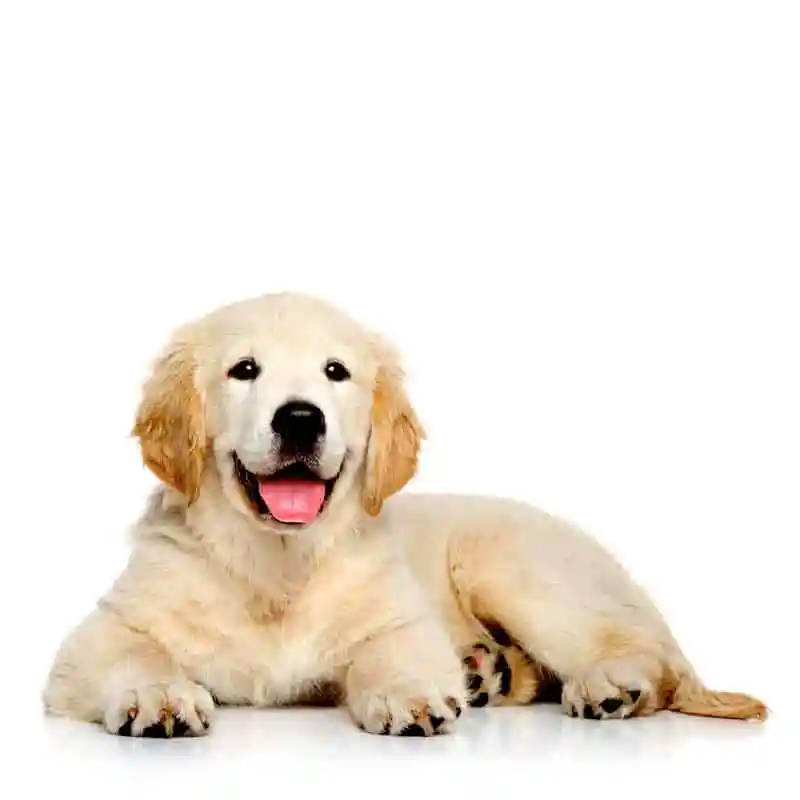
Signs and Symptoms of Hip Dysplasia in Dogs
- Early disease: signs are related to joint looseness or laxity
- Later disease: signs are related to joint degeneration and osteoarthritis
- Decreased activity
- Difficulty rising
- Reluctance to run, jump, or climb stairs
- Intermittent or persistent hind-limb lameness, often worse after exercise
- “Bunny-hopping,” or swaying gait
- Narrow stance in the hind limbs (back legs unnaturally close together)
- Pain in hip joints
- Joint looseness or laxity – characteristic of early disease; may not be seen in long-term hip dysplasia due to arthritic changes in the hip joint
- Grating detected with joint movement
- Decreased range of motion in the hip joints
- Loss of muscle mass in thigh muscles
- Enlargement of shoulder muscles due to more weight being exerted on front legs as dog tries to avoid weight on its hips, leading to extra work for the shoulder muscles and subsequent enlargement of these muscles
Hip Dysplasia – The importance of a proper diagnosis process
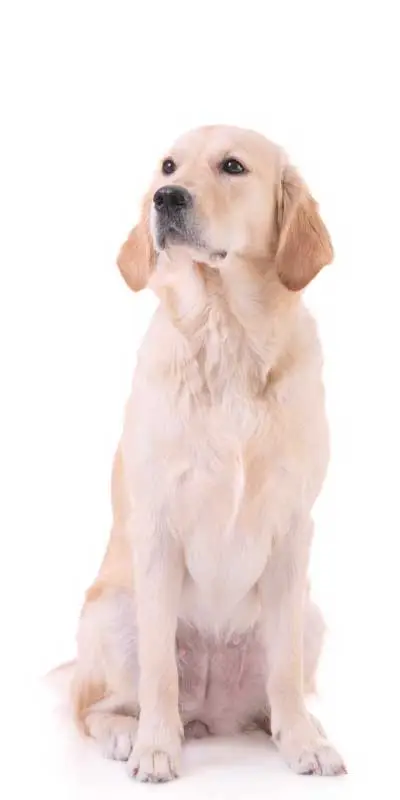
What can you do for your pet with Hip Dysplasia
Available Surgical Correction for Dogs diagnosed Hip Dysplasia in Singapore
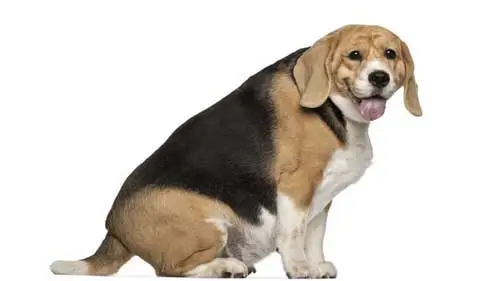
Weight Management
Weight control is an important aspect of recovery and is recommended to decrease the pressure applied to the painful joint as the dog moves.
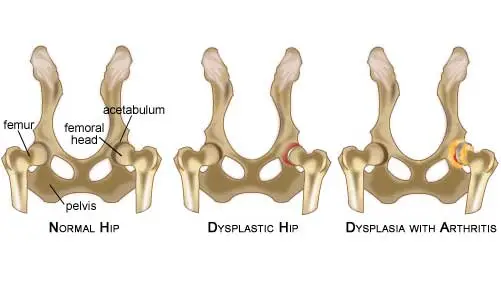
Managing Arthritis
Arthritis arising from hip dysplasia is commonly known as secondary Osteoarthritis it is important to correct this condition as soon as it is recognized

Nutrition
It has been found that puppies that reach their final mature body weight a bit later in life do not develop the degree of hip dysplasia found in puppies that

Home Environment
There will come a time when it becomes too painful for your pet to climb stairs or go outside to relieve itself. Building a handicap ramp can be helpful and
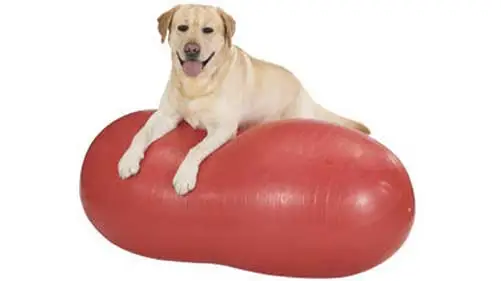
Physiotherapy
Physical therapy can go a long way in reducing your pet’s pain and debility when dealing with hip dysplasia. Hire a professional or begin by kneading
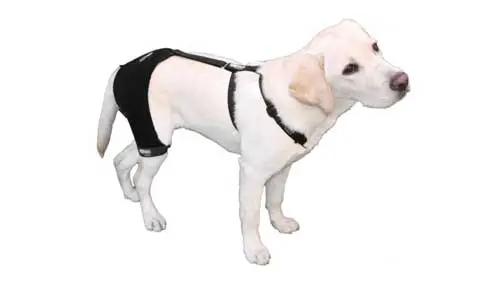
BRACE SUPPORT
Offering a good (brace) support for hip dysplasia dogs is very important to prevent further injuries. A injuries. A good brace can afford further stability
The importance of Rehabilitation and Physiotherapy for Hip Dysplasia in Dogs
Conservative Management of Hip Dysplasia
Rehabilitation Aims
Initial symptoms that your dog may exhibit can be reduced exercise tolerance, problems going up and down stairs, difficulty rising and lameness after exercise. If your primary care vet or orthopaedic clinician should refer your dog to our rehabilitation service a full physiotherapy assessment is undertaken by one of our chartered physiotherapists. Findings might be – altered gait pattern, with or without lameness, reduced weight-bearing load on the affected limb, weakness of specific muscles (most commonly the gluteal muscles) pain manifested by intolerance to be touched in the affected area or during certain movements or postures and reduced range of movement (ROM). Your dog may exhibit all of or just a few of these clinical signs.
Rehabilitation aims to address the above findings and to maintain and/or prevent progression of the disease. After physiotherapy assessment is completed, a list of focus points is formed and a rehabilitation treatment plan is implemented.
Aims will include the following
- Reduce pain
- Strengthen the affected muscles
- Improve and maintain soft tissue flexibility
- Improve and maintain ROM
- Enhance gait patterning
Rehabilitation Aims
Hydrotherapy Treatment Options
- Hydrotherapy, particularly underwater treadmill, can be a useful tool for strengthening specific muscles and improving gait patterns. The buoyancy of the water provides support to the body which in turn reduces the load on the affected joints whilst exercising the necessary muscles.
- Any physiotherapy program which is prescribed for your dog is constantly re-evaluated and progressed based on the response to treatment. Owner participation is key as so much of the therapy can be used on a daily basis and provided at home. Detailed instructions are always provided.
| Timeline | Physiotherapy Aims | Rehabilitation Therapy options |
|---|---|---|
| Week 0 to 2 | Reduce post operative swelling | • Game Ready (Ice Therapy) • Laser • Soft tissue massage |
| Reduce muscular guarding and maintain soft tissue flexibility | • Laser • Soft Tissue Massage • Heat therapy • Careful stretches | |
| Allow careful limb loading | • Assisted active exercises | |
| Week 2 to 4 | Progress limb loading and gait re-education | • Home exercise program • Neuromuscular electrical stimulation • Hydrotherapy • Underwater Treadmill |
| Increase muscle mass | Low level exercise program and muscle stimulation | |
| Maintain soft tissue length and flexibility | • Passive joint range of movements and stretches | |
| Management at home | • Exercise restriction • Advice regarding flooring • Advice regarding assisted walking with harness and sling if required • Advice regarding cavaletti pole work, gradients, steps and different surfaces | |
| Week 4 to 6 | Continue as above, include core stability exercises | Progression of home exercise program to challenge balance, body awareness and strength |
| Advice on maintaining controlled exercise when dog feeling better | ||
| Week 6 to 12 | Increase exercise tolerance | Increase exercise level, considering land and water based options. |
| Continue to increase core stability | Home exercise program considering land and water based exercises | |
| Week 12 onwards | Return to full function or establish deficits and advise regarding long term management. | Progress to off lead exercise and previous exercise level if appropriate. |
References
Darryl L. Millis, MS, DVM, DACVS, DACVSMR, CCRP Professor of Orthopedic Surgery & Director of Surgical Service
Robin Downing, DVM, MS, DAAPM, DACVSMR, CVPP, CCRP
Diplomate of the American Academy of Pain Management, is a a founder and past-president of the International Veterinary Academy of Pain Management.
Janet B. Van Dyke, DVM
Diplomate American College of Veterinary Sports Medicine and Rehabilitation, CCRT, CEO
Ludovica Dragone, DVM, CCRP
Vice President of VEPRA, Veterinary European of Physical Therapy and Rehabilitation Association.
Andrea L. Henderson, DVM, CCRT, CCRP
Resident, Canine Sports Medicine and Rehabilitation
Steven M.Fox, MS, DVM, MBA, PhD
President Securos. Inc
